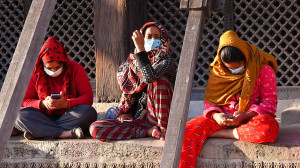Gandaki Province
Two centuries on, Ranipauwa dharmashala still serves Muktinath pilgrims
King Rana Bahadur built the rest house in memory of his queen. It offers free food, beds.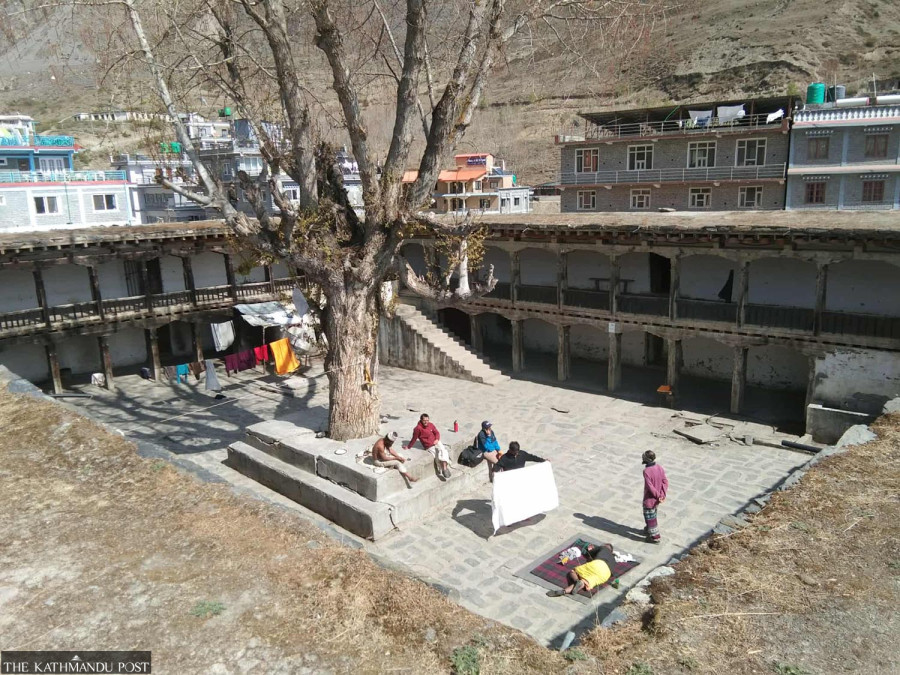
Prakash Baral
In the remote village of Ranipauwa in ward 1 of Baragung Muktikshetra Rural Municipality of Mustang district, stands a 219-year-old traditional rest house still offering hospitality to travelers and pilgrims to the Muktinath Temple.
Despite its age and weathered structure, the two-story quadrilateral building—built with wooden pillars, beams and a mud roof—can accommodate up to 200 people at a time. With prior notice, it can even serve meals to around 1,000 individuals.
But this is not a commercial hotel. It’s a dharmashala—a religious rest house—that operates solely on donations, particularly the handfuls of grain and vegetables offered by visiting pilgrims.
A stone inscription inside the building confirms it was built in 1863 BS (circa 1806 AD) during the reign of King Rana Bahadur Shah. According to legend and historical accounts, the rest house was built in memory of the king’s beloved youngest queen Lalitatripurasundari, who died of tuberculosis.
The name “Ranipauwa” (meaning “Queen’s rest stop”) was born from this legacy, and the entire area has been known by this name since then. Local representative and municipal spokesperson Pramesh Gurung affirms that the origin story is supported both by the stone inscription and oral histories.
In the past, pilgrims used to trek long and arduous routes—either via Lamjung’s Besisahar through Manang and the Thorong La Pass, or from Beni in Myagdi through Jomsom and Kagbeni—to reach Muktinath Temple.
Back then, there were no hotels or lodges to accommodate them. While today’s infrastructure has made travel easier, Ranipauwa continues to provide free shelter and meals to pilgrims, maintaining its centuries-old legacy of service.
Currently, Muktinath Peethadheeshwar Kamalanayanacharya and his successor Rishi Prapannacharya oversee the rest house's management. Without any governmental or NGO funding, they ensure the facility runs smoothly through food donations and voluntary contributions made by devotees.
Anyone who arrives without accommodation is given shelter, said Subas Acharya, one of the caretakers. “If we find someone stranded, we bring them here and give them food and a place to sleep,” he explained. Many also donate in memory of their deceased loved ones, either by depositing money in donation boxes or by supplying grains and vegetables.
Volunteers, including students from the Muktinath Veda Vidyashram in Baglung, take turns helping with meal preparation and guest services. Typically, five to six volunteers are stationed there at any time. The dharmashala regularly serves Indian pilgrims as well, many of whom offer spontaneous donations after partaking in the meals.
Though the dharmashala has received no administrative or financial support so far, Gurung said the federal government has taken notice of the historical value of the structure. The Department of Archaeology has already drafted a Detailed Project Report (DPR) for its renovation, ensuring its heritage value is preserved.
Visitors often bring food supplies to contribute. “Every time I visit Muktinath, I come here for a meal,” said Gangadhar Parajuli from Pokhara. “It’s customary to donate what one can in the donation box. There’s no pressure, just goodwill.”
Professor Ramprasad Upadhyaya of Dhaulagiri Multiple Campus in Baglung, a historian, confirms the royal origins of Ranipauwa dharmashala. He said that a guthi (religious trust) was even established in Rakhupani, Myagdi, to supply grain for feeding the guests at the rest house.
Unlike many charity rest houses established by common people, Ranipauwa was directly founded by a monarch, making it a unique example of royal philanthropy.
Due to the historical importance of the entire Muktinath region, the Department of Archaeology has prioritised its preservation. Project manager Devendra Bhattarai noted that a comprehensive master plan has been developed to restore dozens of ancient structures in the area.
The plan includes construction of proper lodging, dining spaces, toilets, and changing rooms for pilgrims—all without compromising the archaeological integrity of the sites.
“Work has already begun in key areas,” Bhattarai said, emphasising that every aspect of the restoration will maintain the historical and cultural value of the region.
More than two centuries since its founding, Ranipauwa continues to stand as a symbol of spiritual hospitality and cultural continuity—offering not just a place to stay, but a connection to Nepal’s rich cultural and religious heritage.




 10.12°C Kathmandu
10.12°C Kathmandu.jpg)

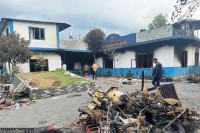

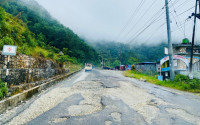
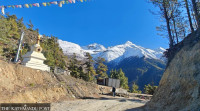

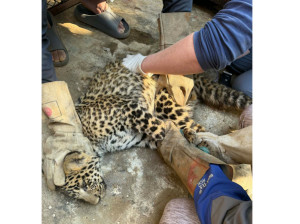

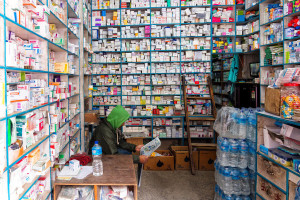
%20(1).jpg&w=300&height=200)

